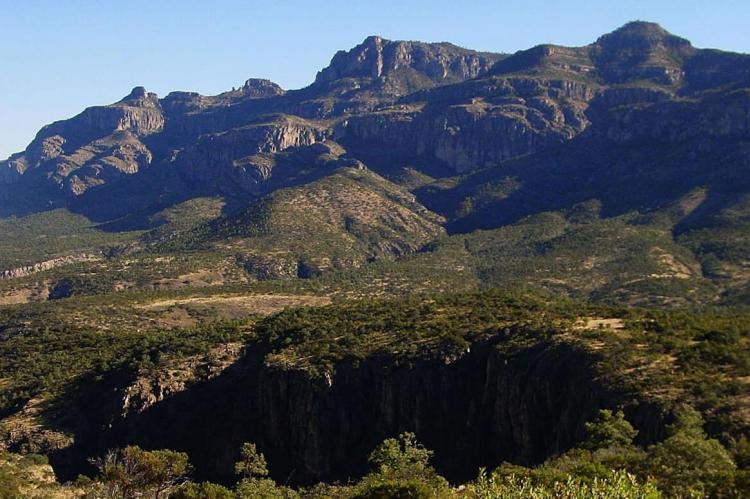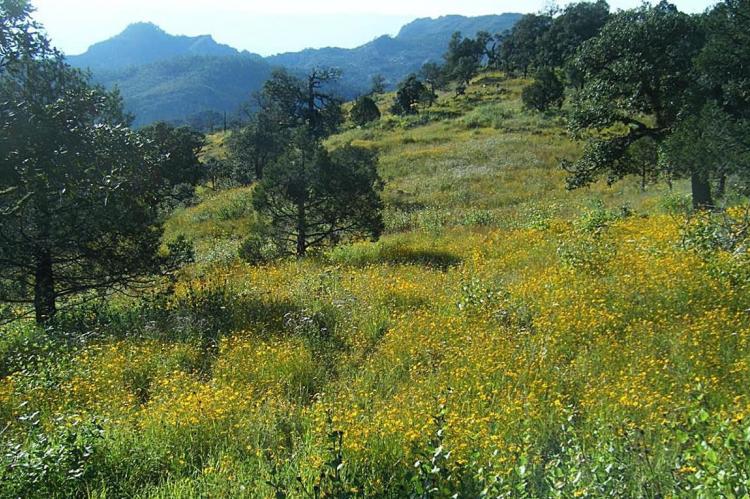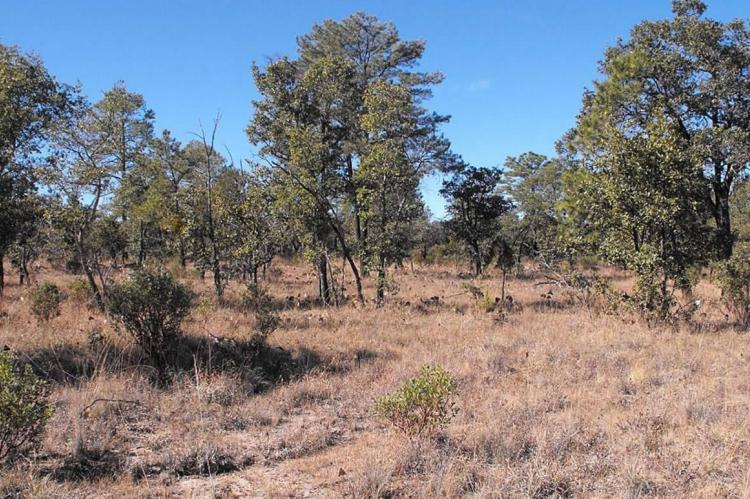The Enchanting Wilderness of La Michilía Biosphere Reserve
La Michilía Biosphere Reserve in Mexico's Sierra Madre Occidental is a testament to the region's remarkable biodiversity. It boasts towering pine and oak forests, serene meadows, and ephemeral streams, making it a true oasis of tranquility in the Mexican countryside.
La Michilía Biosphere Reserve: A Sanctuary in the Sierra Madre Occidental
Nestled within the magnificent Sierra Madre Occidental in Mexico lies the captivating La Michilía Biosphere Reserve. Spanning an area of 9,421 hectares (23,280 acres), this natural haven is a testament to the region's remarkable biodiversity and the enduring efforts to protect its ecological treasures. From towering pine and oak forests to serene meadows and ephemeral streams, the La Michilía Biosphere Reserve is a true oasis of tranquility in the heart of the Mexican countryside.
Topography and Hydrology: A Landscape of Contrasts
The La Michilía Biosphere Reserve is defined by its striking topography, marked by a high degree of relief. The area is flanked by two distinct mountain ranges, the Sierra Michis and the Sierra Urica, creating a tapestry of plateaus, small hills, valleys, and canyons. The presence of two permanent streams further enriches this diverse landscape, the Laurel to the west and the Temascal to the southeast, as well as numerous ephemeral streams and lagoons.
Vegetation: A Tapestry of Diverse Ecosystems
The La Michilía Biosphere Reserve is home to a remarkable array of vegetation communities, each contributing to the overall ecological richness of the region. Conifer forests, dominated by species such as Pinus, Quercus-Pinus, Pseudotsuga, Cupressus, and Juniperus, cover the greater part of the reserve. Interspersed among these towering trees are expansive oak (Quercus) forests, tranquil grasslands, and pockets of xerophilous shrubland. The reserve also boasts aquatic and subaquatic vegetation, adding to the diversity of the ecological landscape.
Biodiversity: A Stronghold for Nearctic Species
The La Michilía Biosphere Reserve is a veritable haven for diverse wildlife, predominantly of Nearctic (North American) origin. Among the most iconic species found within the reserve are the White-tailed Deer (Odocoileus virginianus), the Puma (Puma concolor), the Coyote (Canis latrans), the Wild Turkey (Meleagris gallopavo), the Thick-billed Parrot (Rhynchopsitta pachyrhyncha), and the Golden Eagle (Aquila chrysaetos). Sadly, the once-resident Imperial Woodpecker (Campephilus imperialis) is now extinct. Still, efforts have been made to reintroduce the Mexican Gray Wolf (Canis lupus baileyii) and the American Black Bear (Ursus americanus) to the reserve.
Human Presence and Interaction
While the La Michilía Biosphere Reserve is a protected area, it is not devoid of human presence. Over 500 inhabitants reside in the buffer zones, while 30,000 individuals live in the transition areas, engaged in agriculture, forestry, and cattle ranching. The biosphere reserve is a crucial catchment area for two important agricultural basins in the region, underscoring the intricate relationship between human communities and the natural environment.
Conservation Efforts and Significance
The La Michilía Biosphere Reserve is a testament to the ongoing efforts to preserve Mexico's natural heritage. Designated as a UNESCO Biosphere Reserve, the area is recognized for its exceptional ecological value and the importance of maintaining a balanced relationship between human activities and the surrounding ecosystems. As a sanctuary for a diverse array of Nearctic species and a vital catchment area for regional agriculture, the La Michilía Biosphere Reserve is a shining example of the dedicated conservation work in Mexico's remarkable natural landscapes.
Conclusion: A Sanctuary for the Future
The La Michilía Biosphere Reserve is a true gem in the crown of Mexico's protected areas. Its captivating landscapes, rich biodiversity, and the delicate balance between human presence and ecological preservation make it a unique and invaluable natural treasure. As we move forward, this biosphere reserve's continued stewardship and sustainable management of this biosphere reserve will ensure that its enchanting wilderness remains a sanctuary for generations to come.


